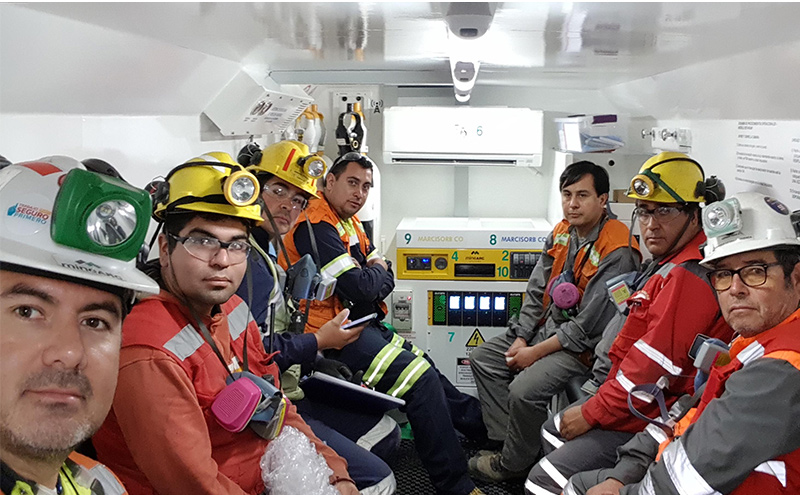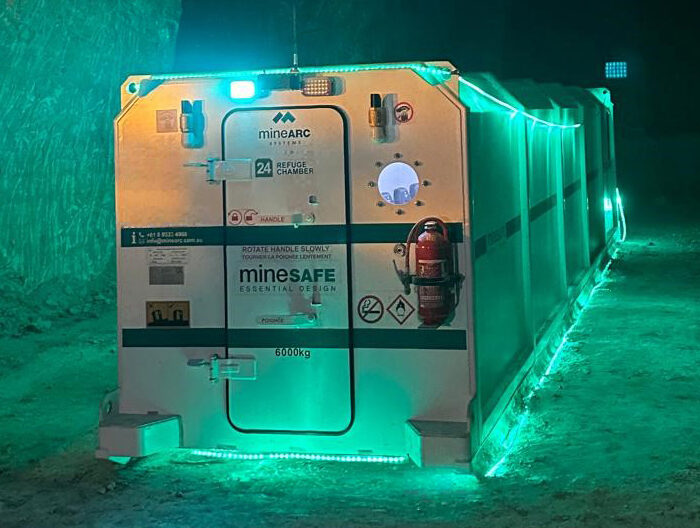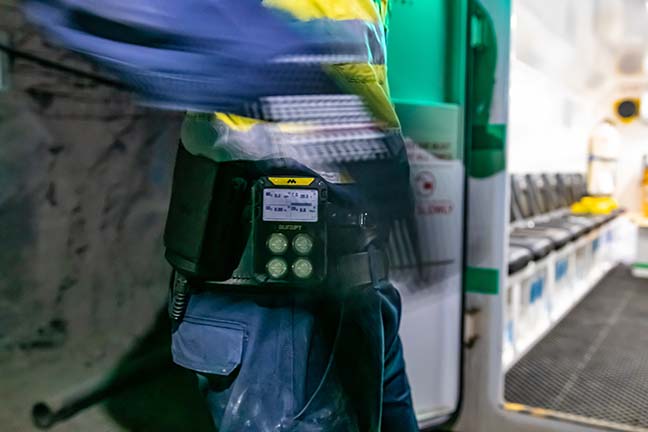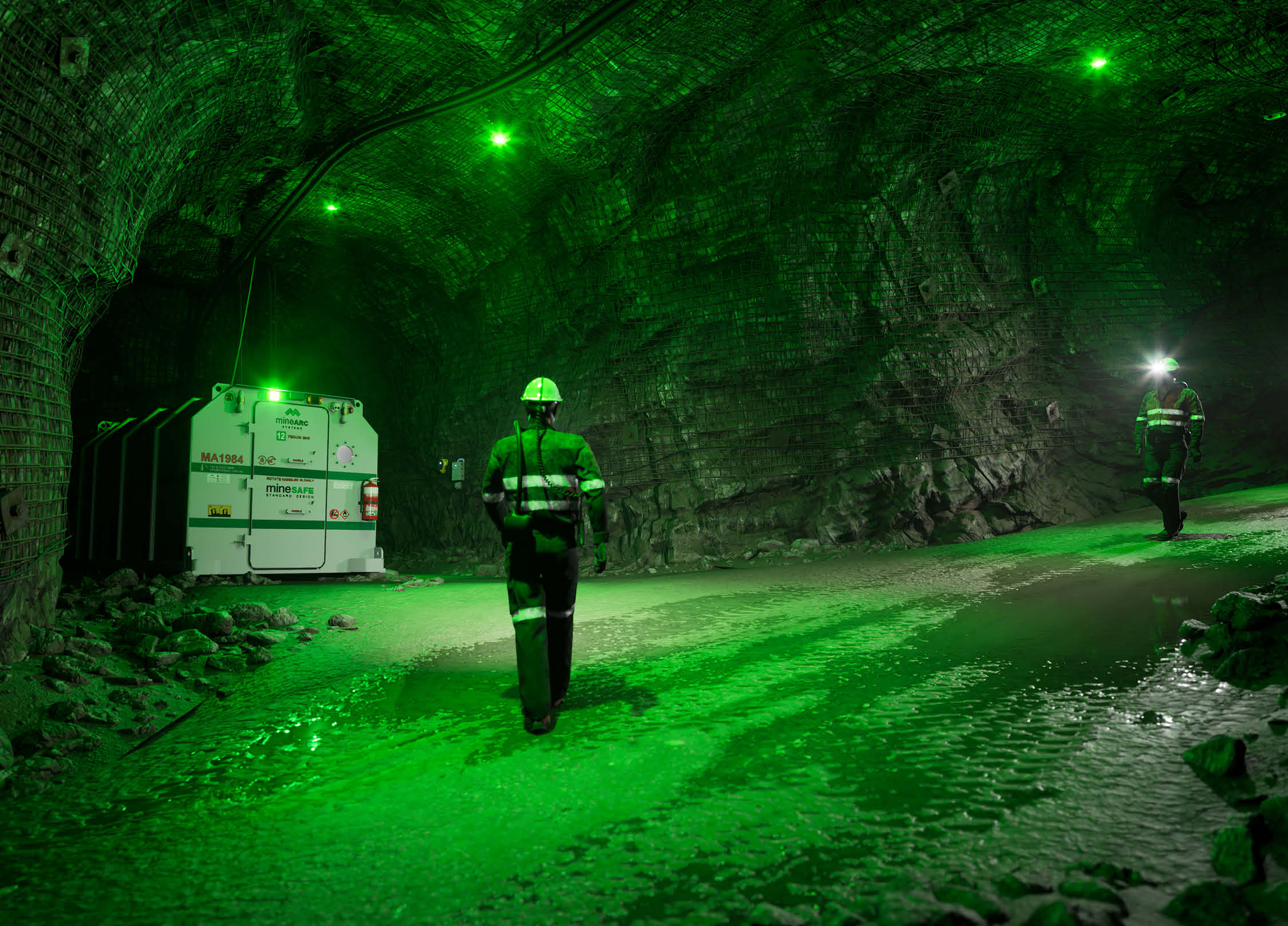Refuge chambers are a standard requirement within a site’s overall emergency response plan. Understanding what it feels like to be inside a refuge chamber can improve the response of entrapped personnel.
Refuge chambers can feel like sealed sea containers. While they are considerably more complex, the thought of waiting out an emergency can be daunting.
Psychological stresses can impact your decision making, physical state and behaviour, negatively affecting survivability. Other factors, such as injury or lack of training, can exacerbate the situation. Even the media itself can trigger distress, as most often we hear about worst-case scenario incidents, which can skew an employee’s understanding of refuge chamber and emergencies.
Every individual will react differently when inside a refuge chamber. Behavioural health risks are among the most serious and trying to prevent. Building a better understanding through training and education can mitigate symptoms.
Why You Should Know What it’s like to be in a Refuge Chamber
Understanding the situation before it occurs. Educating personnel about the potential psychological and physical impacts of being in a refuge chamber will create greater awareness and prepare them for emergencies.
Unfortunately, it is impossible to prepare for every situation because of the unpredictable nature of emergency events. Training is one of the most significant predictors of reaction in emergencies. From a psychological perspective, preparation and education are the most effective methods to help personnel plan for disaster.
Regular training and education will set expectations and build muscle memory. If personnel have all the available knowledge about refuge chamber operations and what it feels like to be waiting inside one, it can help them in the event of a real emergency. Personnel equipped with the skills and familiarity will be better prepared to cope with the situation. Furthermore, this can support other staff or visitors who may be having difficulties dealing with the experience.
Share Your Own Experience, anonymously
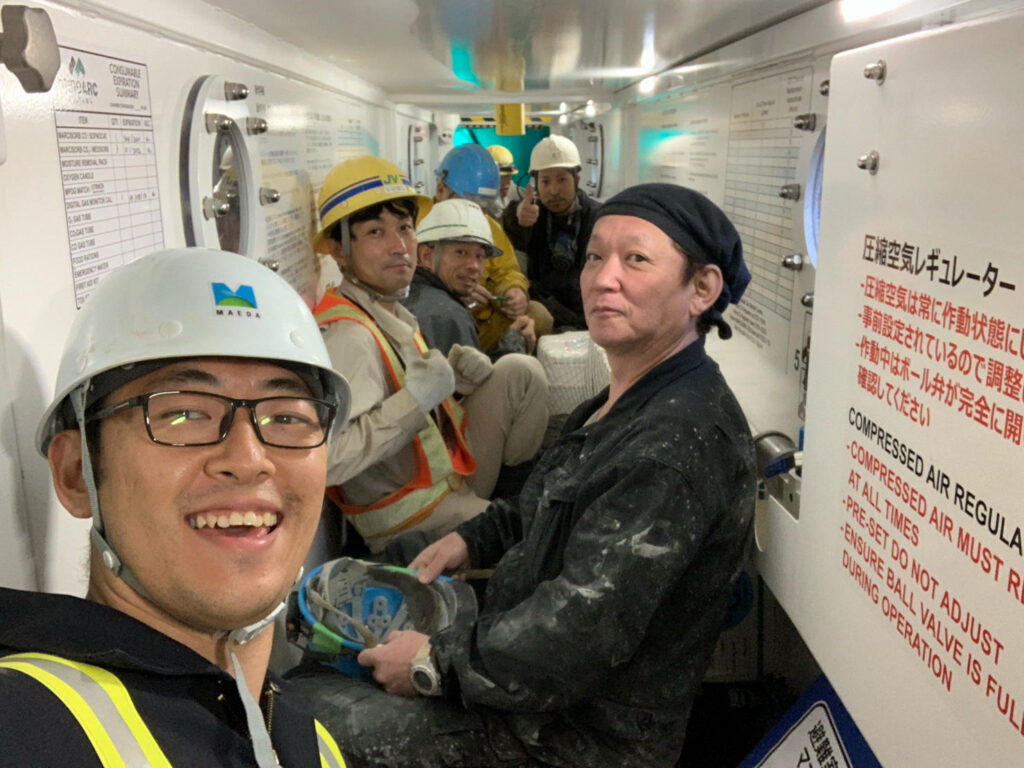
Psychological Stresses
What Should I Expect to Feel When Inside a Refuge Chamber?
Feeling Stress and Anxiety is Normal
An emergency will create distress and high levels of anxiety. The perceived danger, initial shock and uncertainty of the emergency can be highly stressful. Add to this the thought of waiting it out in an enclosed environment.
An example provided in a training program developed by the National Institute for Occupational Safety and Health (NIOSH), outlines the real-life experience of one miner who previously used a refuge chamber and the normal reaction of feeling stressed. ‘‘[N]o there was no panic. There was one individual that, was the last guy that I expected to show any signs of panic and he was a long-time miner that’s worked in other mines, and what he did was he went to a table and he just closed up, he was just really quiet and I kind of knew then, Okay, there’s something bothering him.’’ 1
You May Experience Sleep Deprivation
Refuge chambers are limited in size. Portable chambers, in particular, have a limited capacity. Due to the restricted sizing, many will experience difficulty sleeping with the stress of the situation. Sleep deprivation can lead to poorer decision making and negative mood.
There can be a Sense of Entrapment
For a trapped worker, especially if alone, there may be little difference between entrapment and entombment. Many who have experience waiting inside a refuge chamber have described the feeling similar to that of being entombed. We are biologically designed to avoid situations where the possibility of escape is limited.
Lack of Privacy
Insufficient privacy can be stressful for some individuals. Personnel may be confined to a refuge chamber for an extended period, being in such close confines both physically and mentally can generate high levels of discomfort.
“I began to tell jokes, a simple form of distraction to try and lighten the mood. There were a couple of younger guys in the chamber, so I tried to remain strong, never letting on what was racing through my mind – what is happening on the surface, why have we been here for so long. Honestly, I was afraid; I kept thinking about my family. My wife. And my kids.”
Brad's Story
How Refuge Chambers Are Built to Combat Psychological Distress
Refuge chambers are designed to sustain life in an emergency. But, because of the stressful situation in which they are used refuge chambers are built with specific features to lessen the impact of the situation.
Environmental Conditions
The objective of the interior is to create a reassuring environment. Effective lighting such as high-quality fluorescent lighting can mimic daylight. A white or pale interior paint of refuge chambers will maximise the effect of internal lighting and provide a calm and clean environment.
Controlling the environmental conditions through air conditioning not only benefits the entrapped personnel’s health, but it provides a more comfortable environment, thereby reducing anxiety.
Port hole Window
This simple element can lessen the feeling of being enclosed. Providing a window adjacent to the door of a refuge chamber allows personnel inside the ability to view the situation outside of the chamber, also enabling visual communications between personnel such as emergency response teams.
Communication Equipment
Connection beyond the refuge chamber to control rooms and emergency response teams can dispel feelings of concern and the perception of being entombed. Refuge chambers can be equipped with communication devices such as radio, VOIP video phones and cameras.
How Work Sites Can Prepare Staff Better
Chamber Condition
One other significant factor that sites themselves can manage is the physical condition of the refuge chamber. A well-maintained refuge will have a more positive impact on reducing stress and enable occupants to cope. Conversely, if a chamber is not kept clean, serviced, or the equipment maintained, personnel entering the chamber can doubt the chamber’s effectiveness to protect them during an emergency, increasing their stress levels and impeeding decision making.
Refuge Chamber Service and Operational Training
Companies must value safety and the protection of their workers. By including refuge chamber training in the overall safety planning and work culture will better prepare personnel to cope during an emergency. While we cannot predict how an individual will handle a life-threatening situation, it is our responsibility to arm them with the appropriate information and know-how to best deal with the circumstances.
References
- Margolis, Katherine A., Catherine Y. Kingsley Westerman, and Kathleen M. Kowalski-Trakofler. “Underground mine refuge chamber expectations training: program development and evaluation.” Safety science 49, no. 3 (2011): 522-530.
- National Institute for Occupational Safety and Health, Mining Program “Mining Product: Refuge Chamber Expectations Training” 2017 https://www.cdc.gov/niosh/mining/works/coversheet455.html


